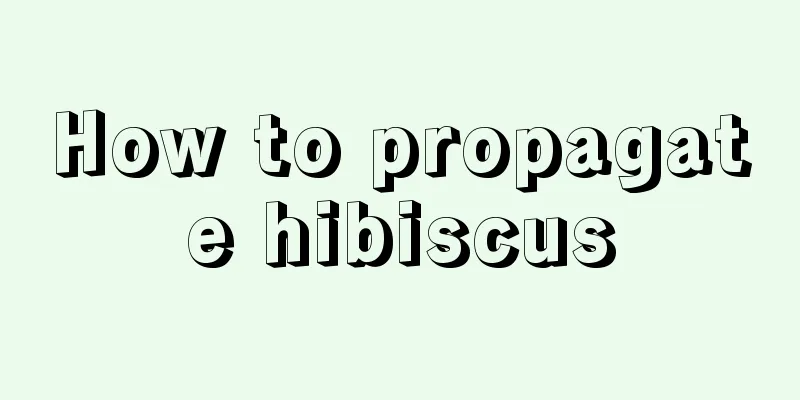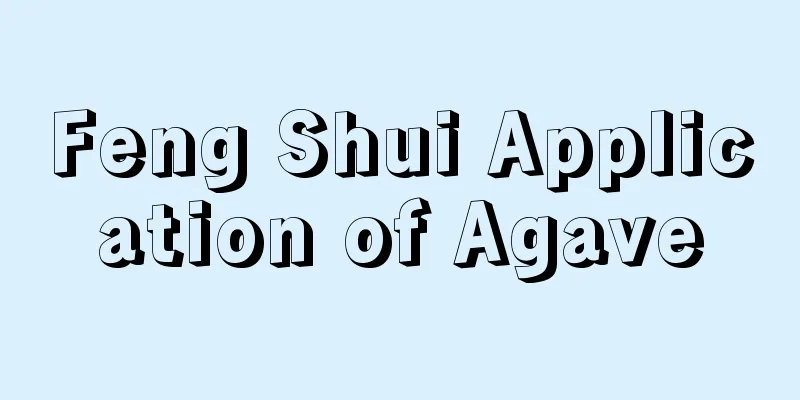Disease control of iris

Soft RotWater-like spots will appear on the leaves of the plant, and the growth of young shoots will be stunted. The tissues in the infected area become soft and rotten, and an unpleasant odor is emitted. In the early stage of the disease, the roots grow normally, but in the later stage they turn yellow and transparent and gradually rot. PreventionWhen the disease occurs, spray 1000-1300 times of streptomycin sulfate or agricultural streptomycin solution, or 500-600 times of Benomyl wettable powder solution in time. Once every 5 to 7 days, spray 2 to 3 times continuously. Rust:Early summer is the peak season for rust disease. When the disease occurs, rust-like spots will appear on leaves, petioles, buds and young branches. Leaves older than two months are usually not infected, and the disease mainly affects young leaves and tender branches. PreventionRemove diseased buds in time in early spring. The diseased buds are bright yellow in color, have a special shape, and bloom early, making them easy to identify. Removing them in time is very effective in reducing the source of infection. When cleaning, be careful to prevent the spores on the diseased buds from flying around, otherwise the preventive effect will not be achieved. During the outbreak period, spray 100 times of mancozeb fungicide for killing and prevention. Sclerotium rolfsiiWhite rot mainly harms rhizomes, causing rot and affecting plant growth. PreventionWhen plants are infected with white rot, the important source is the soil, so the soil should be turned over and disinfected every winter, and the remains of diseased plants (rotten rhizomes) should be removed in time. Strengthen maintenance, water, fertilize and loosen the soil in a timely manner to promote vigorous growth of plants and improve their disease resistance. Pay attention to sun protection in summer to reduce the risk of burns. In the early stage of the disease, water the roots with copper sulfate solution. Or use methyl tolclofos emulsifiable concentrate and mix it with water for spraying. Once every 10 days. |
<<: What to do about Sedum sutchuenensis soot disease
>>: How to prevent and treat common diseases of chrysanthemum
Recommend
Cherry Blossom Pictures (Introduction to Morphological Characteristics and Maintenance Methods)
1. Morphological characteristics 1. Leaves: The l...
Plants that grow in harsh environments
1. Snow Lotus The appearance of snow lotus is sim...
How long is the fruiting period of watermelon? Fruiting period maintenance and management methods
How long does watermelon last? The fruiting perio...
Can climbing roses be planted in pots?
Can climbing roses be planted in flower pots? Cli...
How to grow air plants
1. Temperature When maintaining it, please note t...
Do lemons like water or drought?
Do lemons prefer moisture or drought? Lemon likes...
How to sow the seeds of Aglaonema
Method of sowing the seeds of Aglaonema One of th...
Cultivation methods and precautions for cedar bonsai
1. Maintenance methods 1. Soil: Thick, well-drain...
Can activated carbon be used as flower soil? Is it good to put activated carbon in flower soil?
Can activated carbon be used as flower soil? Acti...
What is the best season for fig cuttings (with cutting methods)
1. Cutting season Its cuttings are not very picky...
How to care for hydroponic lucky bamboo in winter
Is hydroponic lucky bamboo afraid of freezing? Wa...
Can Ginkgo be eaten?
Can I eat it? It should be noted that ginkgo is t...
Jasper flower cultivation methods and precautions
1. Breeding methods 1. Soil selection It is extre...
Where are the best places to plant Jacaranda?
Introduction to Jacaranda Jacaranda is a plant of...
Don't throw away the flowers if the roots are all rotten. Do this and you can revive the flowers in minutes.
Treatment of gardenia root rot Cleaning Remove th...









